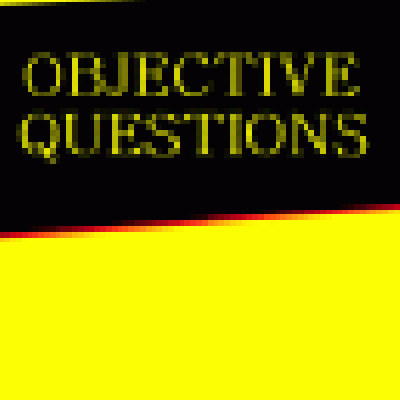MANAGERIAL ECONOMICS
Price:
Rs600
MANAGERIAL ECONOMICS SOLVED PAPERS AND GUESS
Product Details: UTKAL UNIVERSITY MANAGERIAL ECONOMICS
Format: BOOK
Pub. Date: NEW EDITION APPLICABLE FOR Current EXAM
Publisher: MEHTA SOLUTIONS
Edition Description: 2021-22
RATING OF BOOK: EXCELLENT
ABOUT THE BOOK
FROM THE PUBLISHER
If you find yourself getting fed up and frustrated with other DAV Institute of Engineering and Technology UNIVERSITY book solutions now mehta solutions brings top solutions for MANAGERIAL ECONOMICS contains previous year solved papers plus faculty important questions and answers specially for DAV Institute of Engineering and Technology UNIVERSITY .questions and answers are specially design specially for DAV Institute of Engineering and Technology UNIVERSITY students .
Please note: All products sold on mbabooksindia.com are brand new and 100% genuine
- Case studies solved
- New addition fully solved
- last 5 years solved papers with current year plus guess
FULLY SOLVED BOOK LASY 5 YEARS PAPERS SOLVED PLUS GUESS
MANAGERIAL ECONOMICS
Unit-I Introduction to Managerial Economics: Managerial Economics: Meaning, Nature, Scope & Relationship with other disciplines, Role of managerial economics in decision Making, Opportunity Cost Principle, Production Possibility Curve, Incremental Concept, Scarcity Concept. Demand: Demand and its Determination: Demand function; Determinants of demand; Demand elasticity - Price, Income and cross elasticity, Use of elasticity for analyzing demand, Demand estimation. Demand forecasting, Demand forecasting of new product. Indifference Curve Analysis: Meaning, Assumptions, Properties, Consumer Equilibrium, Importance of Indifference Analysis, Limitations of Indifference Theory.
Unit-II Production Function : Production function Meaning, Concept of productivity and technology, Short Run and long run production function, Isoquants; Least cost combination of inputs, Producer’s equilibrium; Returns to scale; Estimation of production function. Theory of Cost: Cost Concepts and Determinants of cost, short run and long run cost theory, Modern Theory of Cost, Relationship between cost and production function. Revenue Curve: Concept of Revenue, Different Types of Revenues, concept and shapes of Total Revenue ,Average revenue and marginal revenue, Relationship between Total Revenue ,Average revenue and marginal revenue, Elasticity of Demand and Revenue relation.
Unit-III Market Structure: Market Structure: Meaning, Assumptions and Equilibrium of Perfect Competition, Monopoly, Monopolistic Competition, Oligopoly: Price and output determination under collusive oligopoly, Price and output determination under non-collusive oligopoly, Price leadership model. Supply: Introduction to supply and supply curves. Pricing: Pricing practices; Commodity Pricing: Economics of advertisement costs; Types of pricing practices. Factor Pricing: Demand and supply of factors of production; Collective bargaining, Concept of rent, profit, interest- Rate of return and interest rates; Real vs. Nominal interest rates. Basic capital theory-Interest rate and return on capital, Measurement of profit.
Unit-IV Product market: Saving and Investment function, Consumption function, Aggregate supply and Aggregate demand, Investment multiplier, Foreign trade and budget multiplier. Money market: Motive for holding money; Liquidity preference, Money demand, Money market equilibrium. IS-LM Analysis: Derivation of nominal IS-LM and equilibrium. National Income: Conceptual Framework, Measures of National Income, Methods of Measurement, Limitations of National Income. Consumption Function: Meaning, and Nature, Determinants and Measures to Raise Propensity to Consume. Keynes Psychological Law of Consumption - Meaning, Properties and Implications, Inflation: Meaning, Types, Theories, Causes, Effects and Control, Unemployment, Trade off, Trade Cycles: Concept and Theories of trade cycles.







